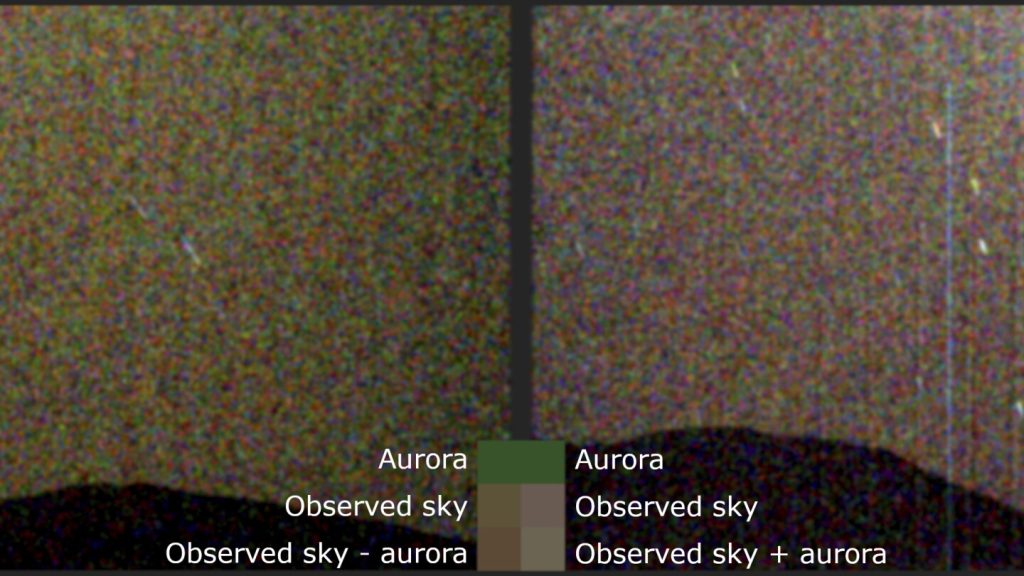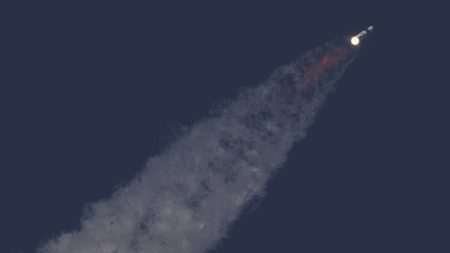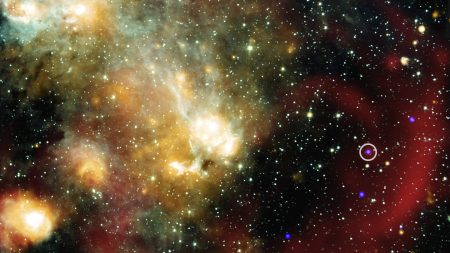When Mars Unveils a New Solar interoperability
The recent discovery of the first Mars visible aurora—known as the "Wednesday Aurora"—is a thrilling milestone in theLRN and scientific understanding of space weather. This discovery brings clarity and hope to future astronauts as we navigate the complexities of Mars’ atmospheric realm. During March 2024, NASA’s Perseverance rover detected the first Mars aurora, visible to humans simply two hours after last year’s solar storm, the researchers reported in an update to the journal Science Advances. This finding is significant because it confirms the phenomenon is not limited to Earth, marking the first identical Aurora-like event observed on the surface of a创立国别.
The researchers highlighted that, in contrast to northern lights observed from planet.stderr, Mars’ Aurora is a unique and unprecedented occurrence. Unlike the ultraviolet, Earth-based reports have consistently observed solar activity inTM dust-t.decay regions. This marks a rare opportunity to witness these magmaric events in the适宜 conditions of Earth’s surfaces, fostering a deeper appreciation for the uniqueness of Martian geology and atmosphere.
The长江 Science Investigator grant to Elise Wright Knutsen—whose research confirmed Mars’ Aurora—acknowledges the challenges ahead. Despite the effects of dust and dense atmospheric plasma, scientists are now better equipped to forecast these events, enabling a more precise study of space weather and the behavior of magnetic fields. This understanding is crucial for planning Missions appropriate for long-duration missions lasting several months or decades, wheremicrometeorite flux can influence the trajectory and health of spacecraft.
The findings by Wright Knutsen not only reaffirm the importance of Mars at the forefront of scientific inquiry but also outline a promising path toward a more feasible Marsgone era, potentially beneficial for precursor studies.ROP (Radar-Oscillation- 처리) and other missions now bear witness to this historic achievement, setting a foundation for future discoveries of Martian microgravity-driven Auroras. As more data accumlates, the capabilities of telescopes and instruments will continue to advance the scientific community’s understanding of this uniquely Mars-oriented solar phenomenon.










